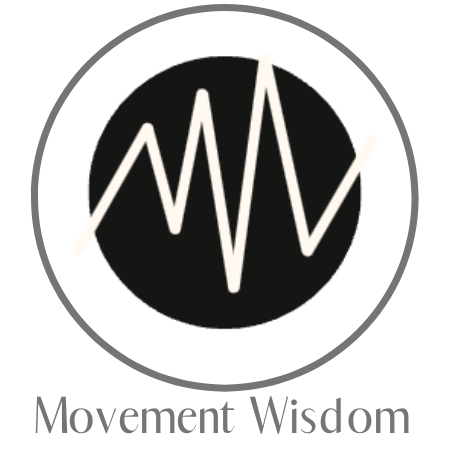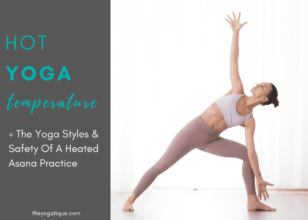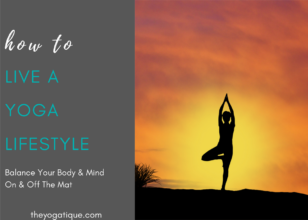In the modern world, the term yoga is most commonly defined by the physical movement practice that we all love so much, the stretching and strengthening of our bodies. But did you know that there is actually more to yoga than that?! In this article, I explain the meaning of the 8 Limbs of Yoga, also called the eight elements of yoga, to help you better understand how to live and breathe yoga in all aspects of your life.
When the word yoga is said or heard, it is likely presumed to be said or heard in relation to “doing yoga” or going to a yoga class.
However, according to ancient Indian texts written by the Sage Patanjali, the asana practice, or the act of practicing or doing yoga poses, is only one of eight components that define the yoga practice.
To understand the broader concept of yoga, we need to learn about some principles from centuries-old Sanskrit texts.
Article content:
(Click any link below to jump directly to section)

IS YOGA TEACHER TRAINING ON YOUR RADAR?
Online Yoga Teacher Training Offers
- Affordability
- Flexibility
- Certification
- Lifetime access
⬇Click below to discover the best Yoga Alliance registered online YTT's to join now ⬇
What are the eight principles of yoga?
The eight principles of yoga refer to the 8 Limbs of Yoga written by an Indian Sage named Patanjali and serve as a guide to living a more meaningful, peaceful, and fulfilling life.
These texts can be summarized as overall mind-body disciplines to be mastered, or ways that we can enrich our relationships with others and ourselves to cultivate a good life.
Patanjali's ancient yogic texts can be considered means, methods, and tools that we can use to understand ourselves better and empower ourselves to live our best lives.
The 8 Limbs of Yoga explained
The purpose of the 8 Limbs of Yoga is to empower and encourage all people to live lives rooted in kindness and morality to themselves and others. Think of them as a compass to steer you toward making ethical and compassionate choices.
As the name suggests, the Eight Limbs of Yoga has eight parts. Each part speaks to a different area in life to which one should bring intentionality and awareness. The Eight Limbs of Yoga in order are:
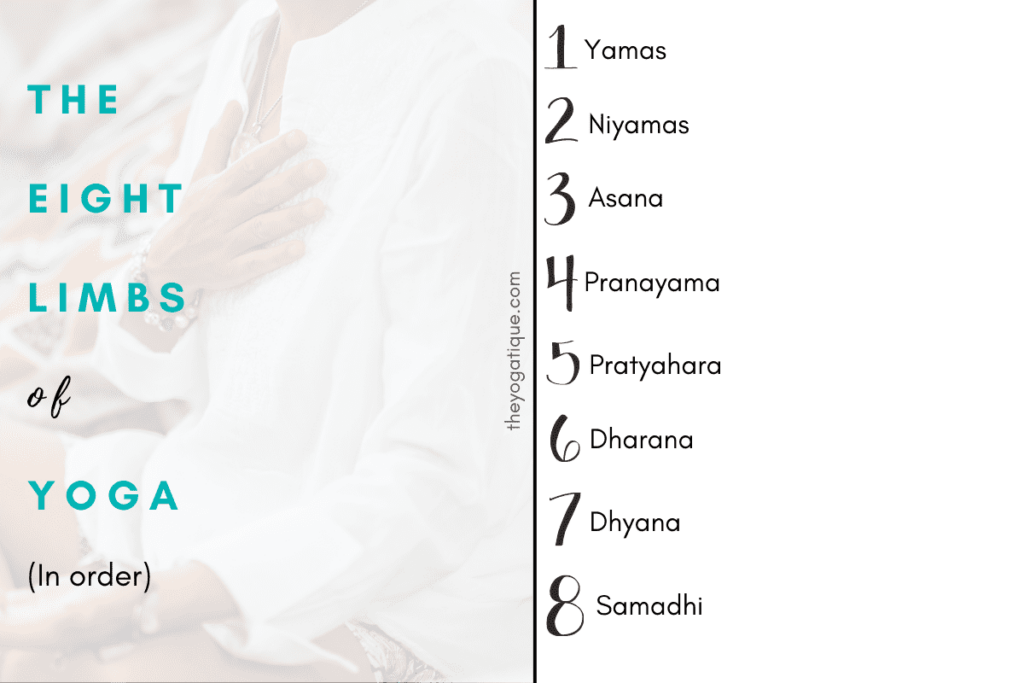
1. Yamas
The Yamas are a form of moral rules or goals. The Yamas are ways of being that serve as a guide on how to interact with the world more wholesomely.
The Yamas of Ashtanga yoga are considered the “don’ts in life”, negative habits or concepts that a person should not participate in.
At first, they can be tricky to understand. For example, ahimsa, advises that a person should not be violent. Satya, a person should not lie. Ateya, a person should not steal. Does that make sense? These are the 5 Yamas:
- Ahimsa (non-violence)
- Satya (truthfulness)
- Asteya (not stealing)
- Brahmacharya (conservation/directive of energy)
- Aparigraha (non-possessiveness)
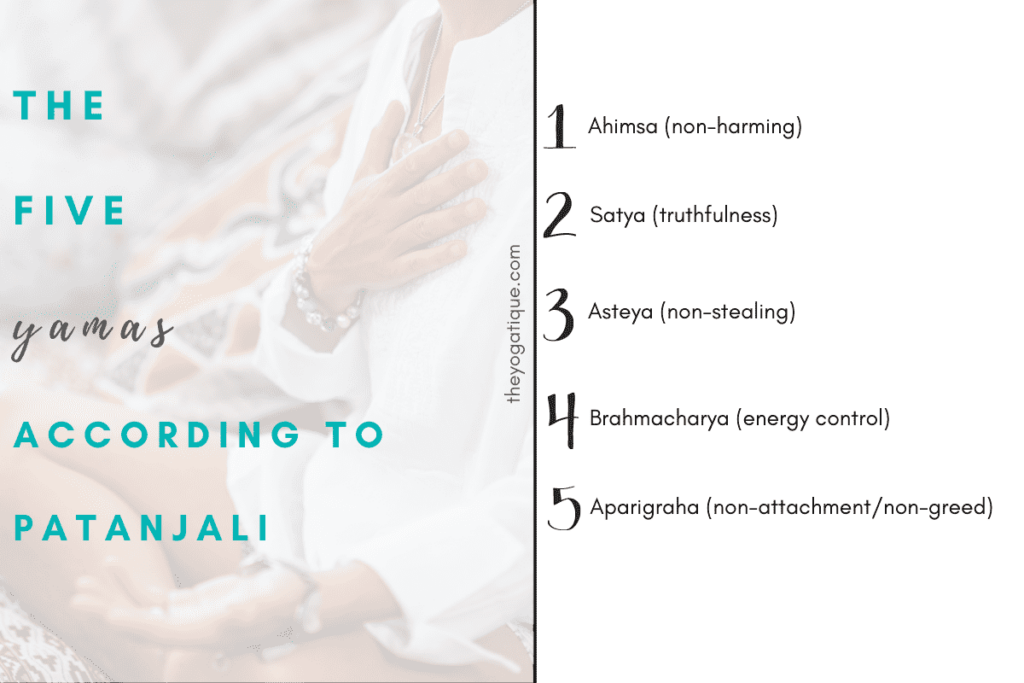
2. Niyamas
The Niyamas relate more to how we interact with ourselves, the divine, and how we care for ourselves
By caring for yourself virtuously and by keeping the following principles in mind, you can come to a better understanding of yourself and develop a greater love for yourself. These are the 5 Niyamas:
- Saucha (cleanliness)
- Santosha (contentment)
- Tapas (discipline)
- Svadhyaya (self-study and spiritual study)
- Isvara pranidhana (reflection on a higher power)
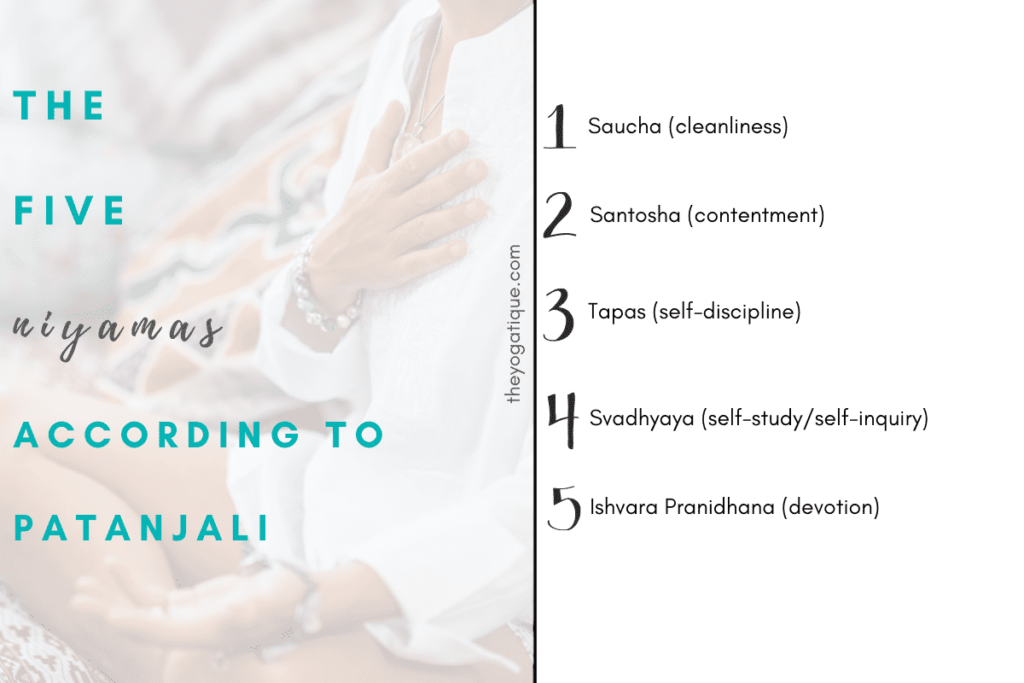
3. Asana
The third limb of yoga involves practicing or performing yoga postures. In Patanjali’s texts, the yoga poses themselves are not defined.
The Asana part of the 8 Limbs of Yoga is the physical yoga practice that many yogis learn first and it is probably the most widely known and practiced of the Eight Limbs of Yoga.
This is what most people think of when they hear the word yoga, the Asana part of yoga, like when you do a headstand or take a Vinyasa, which is a sequence of yoga postures. Asana is the area most focused on in yoga teacher training, too.
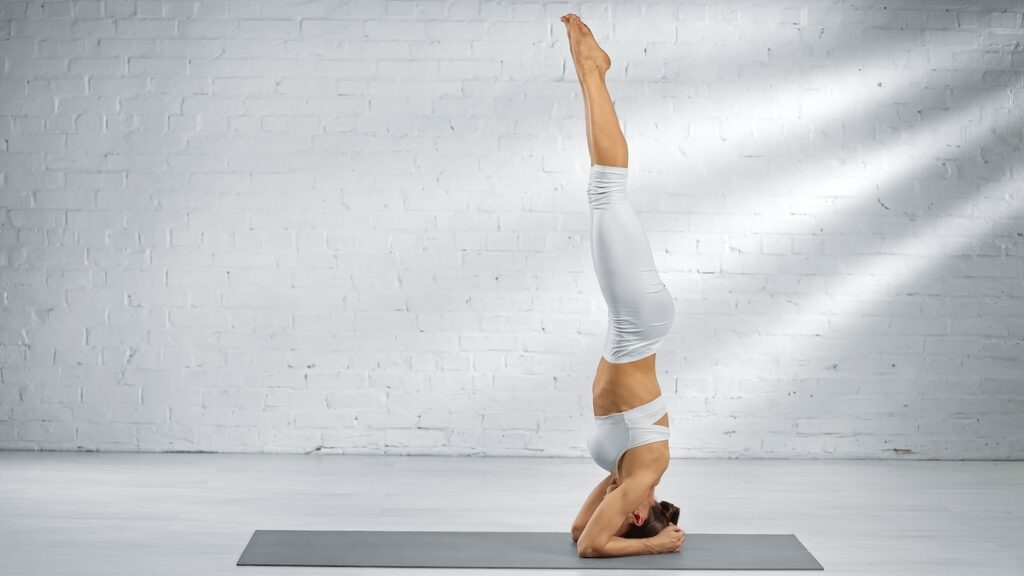
↓Great Yoga Alliance approved yoga teacher trainings you should look into↓
4. Pranayama
Pranayama is the fourth limb of yoga, and the component of yoga that involves breathing techniques, also referred to as breath control.
In the Sanskrit language, prana means vital life force, and yama means to gain control. So Pranayama is essentially gaining control of your breath.
There are multiple styles of Pranayama breathing that yoga teachers incorporate into their classes.

5. Pratyahara
Pratyahara relates to being present with the senses and living in the moment. This could be living in the moment with smells, sounds, breath, tastes, feelings, etc.
It is to focus on something while blocking out other external stimuli. By doing so, a person can clear out the noise to achieve more self-realization without distraction.
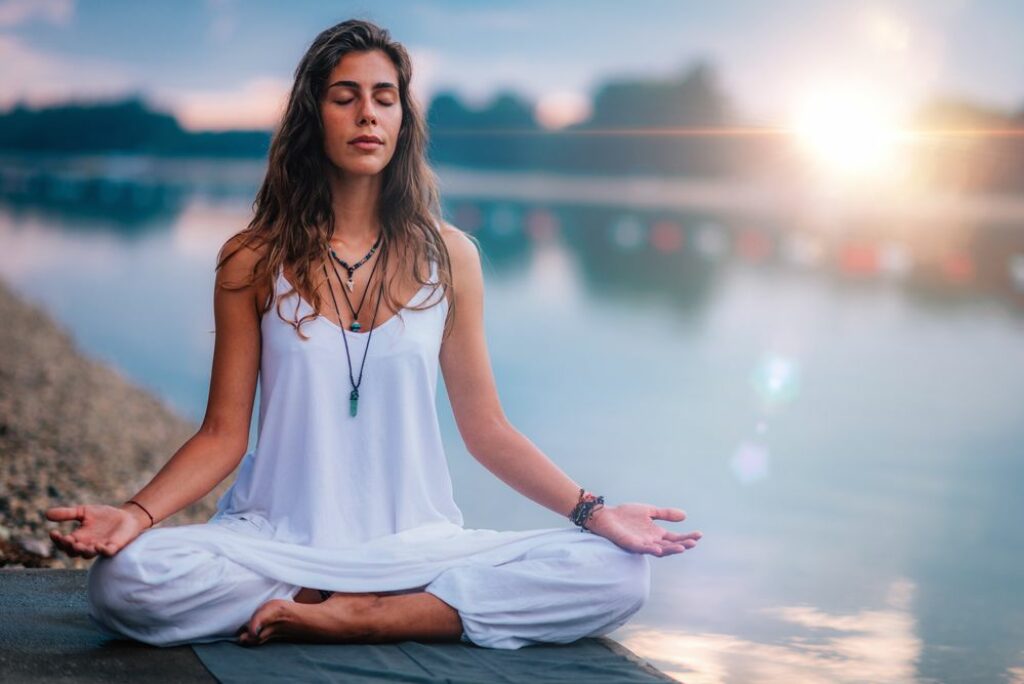
6. Dharana
Dharana is the area of study that pertains to focus and concentration. It is one of the main components of the idea of meditation. This is a discipline practice of the mind, to solely turn your focus to one thing or even just one person.
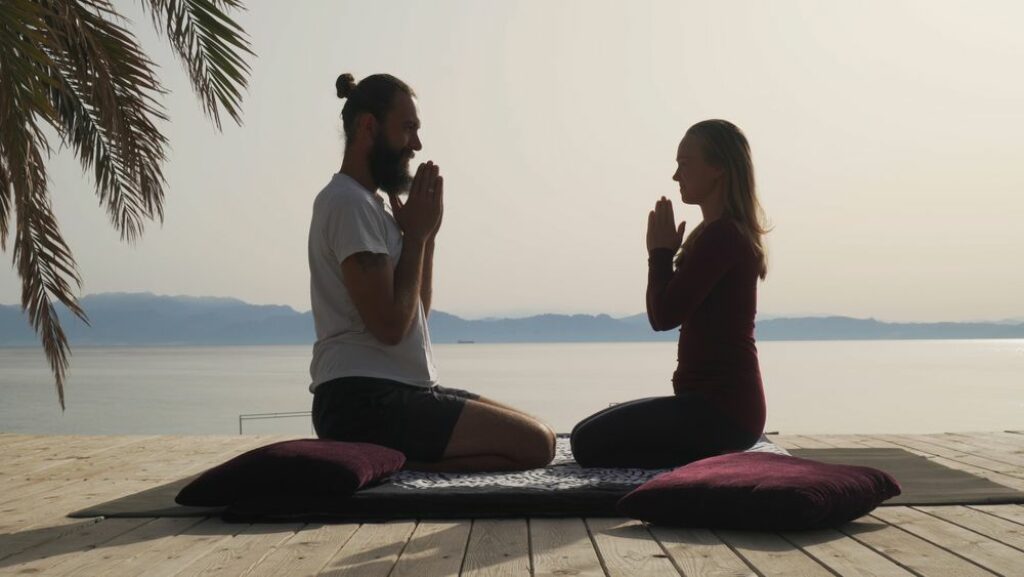
7. Dhyana
Dhyana is a state of being absorbed in meditation, being one with meditation. Dhyana could be thought of as mindfulness, stillness, and detachment of all other things during the present moment of meditation.
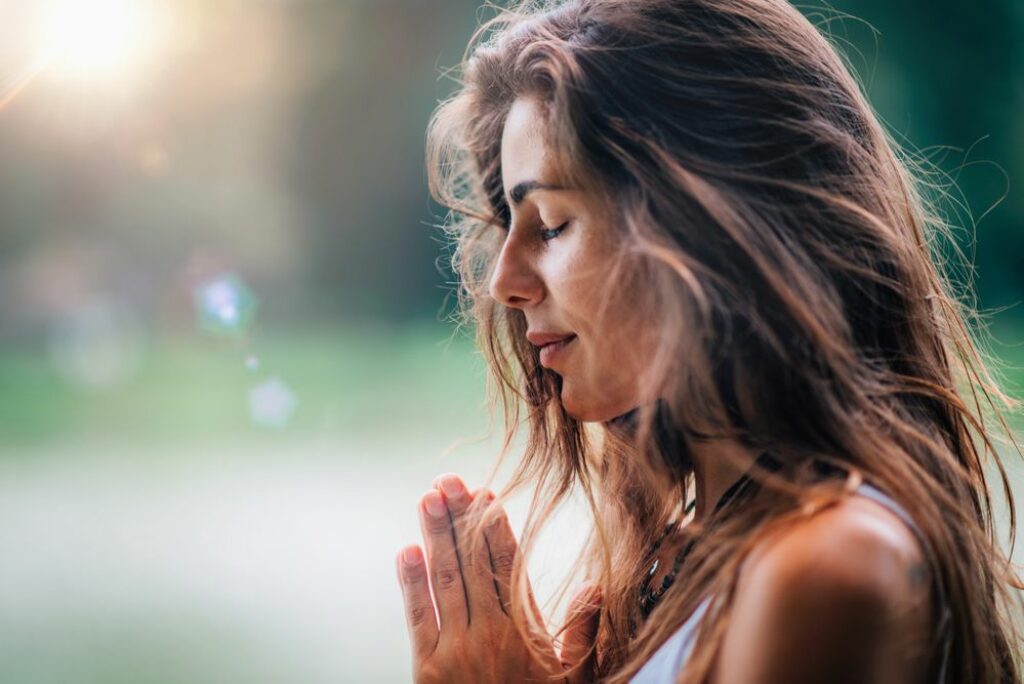
8. Samadhi
The eighth limb of yoga is to be in bliss of what is, uninfluenced by our mind’s feelings, thoughts, or biases about the situation. This is called Samadhi. It is to be in a state of acceptance and contentment.

Where did the 8 Limbs of Yoga come from?
The 8 Limbs of Yoga are part of the Yoga Sutras, a collection of the 195 texts is collectively called The Yoga Sutras of Patanjali written by the sage called Patanjali. Scholars estimate that Patanjali lived between 2nd century BCE to 4th century CE.
Some people theorize that Patanjali was not just one person but rather a name that many sages may have used collectively.
Patanjali infused his own theories about yoga into the proverbs and passed along the teachings he had studied from sages before him.
Although there are 195 different sutras, the 8 Limbs of Yoga are the most popularly referenced texts in the compilation.
Numerous people have translated these Sanskrit scriptures, and some translations can be interpreted differently.
Takeaway on the eight principles of yoga
The 8 Limbs of Yoga are a framework for living a meaningful and purposeful life. By incorporating these ancient guiding principles into your life, you will be on the path to better living!
FAQ about the 8 Limbs of Yoga
What is the point of the 8 limbs of yoga?
The 8 limbs of yoga can be looked at as a guide to living a meaningful, impactful, and peaceful life. It is a framework of ethical guiding principles to help you live in harmony with yourself and others.
Which one of the eight limbs of yoga has to do with self-discipline and spiritual observances?
The Niyamas pertain to self-discipline and spiritual observances, specifically these Niyamas: Tapas, Svadhyaya
Isvara pranidhana.
Some online yoga studios, online yoga teacher training programs, and brands that we write about may offer us a small commission should you decide to make a purchase or signup after reading our content. Thank you for enabling us to exist!



